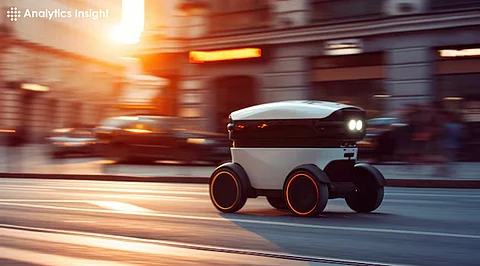

The electric vehicle industry is always on the move, and 2025 promises to be a transformative year for innovation. The revelations that are set to come forth will change how vehicles are powered, manufactured, and integrated into daily life.
Here are ten key innovations that stand out as transformative forces in the future of electric mobility.
Charging speed has been a major barrier to the adoption of EVs. Ultra-fast charging technology is poised to become increasingly common in 2025, making charging an EV to 80% in less than a few minutes possible.
Charging will be just as convenient as refueling. This will greatly enhance consumer confidence in EVs.
Solid-state batteries are a game changer in the EV industry. They will have more energy density, faster charging, and more excellent safety, and they will likely begin to emerge in mass-market EVs starting in 2025. Because they are compact and long-lived, they are likely to be popular with manufacturers and consumers.
V2G technology allows EVs to interact with the power grid, enabling bi-directional energy flow. In 2025, this innovation is expected to gain traction, turning EVs into mobile energy storage units. They can store renewable energy and feed it back into the grid during peak demand, promoting a more sustainable energy ecosystem.
Wireless charging for electric vehicles will be in its nascent state, but it will have massive breakthroughs by 2025. With this, EVs can charge by parking over a charging pad without any physical connectors; it is incredibly convenient and would open the floodgates to dynamic charging along highways in the future.
Artificial intelligence is changing the game of automotive safety and efficiency. The AI-powered system will become part of every car by 2025. It will provide predictive maintenance, real-time navigation, and driver assistance. These improvements will translate into better safety, optimized energy consumption, and the smartest electric vehicles.
This will be an exciting integration of solar panels into EV designs for 2025. This technology can contribute to the mileage of the vehicle by supplementing the battery and reducing its dependence on other charging infrastructure. Solar-powered electric vehicles can help bring sustainable transportation one step closer to being self-sufficient.
Innovative materials, like carbon-fibre composites and lightweight alloys, will revolutionize the design of EVs. These materials help make vehicles lighter without compromising their strength, improve energy efficiency, and enhance overall performance. In 2025, material science will be an essential contributor to the evolution of EVs.
Rapid development is witnessed in autonomous driving. Level 4 EVs, that is, those that can operate autonomously in most conditions, should start hitting the roads by 2025, which will change urban transportation completely and make commuting much safer and more efficient.
The environmental impacts of battery production and disposal have been a concern. In 2025, advanced recycling technologies will ensure the dismantling and reuse of the batteries. This innovation will reduce waste and make EVs even more environmentally friendly by creating a circular economy for battery materials.
One reason people are not embracing EVs is cost. However, more affordable EV models are expected in 2025 due to better manufacturing processes and battery production. These options will make electric mobility accessible to a wider audience and accelerate the transition to sustainable transportation.
2025 will be the year of turning points for the EV industry. Ultra-fast charging, solar-powered vehicles, and other innovations make electric mobility shine brighter than ever. It not only makes EVs more appealing but also plays a very significant role in addressing the global challenges related to climate change and energy sustainability all over the world.
As the world takes a step closer to realizing a cleaner, greener mode of transportation beneficial to both humanity and the Earth, these emerging technologies mature.
